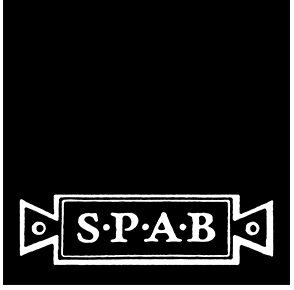Today waxing will only be needed very occasionally, perhaps once in a few years, if at all. Only a good quality, unstained beeswax with turpentine polish, such as Liberon Beeswax Paste (not to be confused with their Black Bison range of wax pastes) should be used. Avoid any beeswax polish which contains linseed oil, because it is added for ease of application but will not produce a hard, lasting surface. There is nothing to be gained from the excessive application of wax, most of which is either likely to be removed immediately when buffed up or remain as a tacky film to which dust will adhere.
Waxes containing silicone or aggressive chemical solvents must never be used, as they are likely to soften earlier treatments. Spray polishes are totally unsuitable and should never be used on early furniture or woodwork as some of the ingredients they contain can soften or damage historic finishes and patina.
Surfaces should be clean, dry and free of dust before waxing. Old furniture is sometimes dirty and greasy, and waxing over this can result in a sticky, smeared mess. Careful washing with a very mild solution of liquid soap, such as Teepol, a small area at a time and drying with a soft cloth, will remove this safely. Once the surface is completely dry, it can be lightly waxed as described above. Most importantly when it comes to the conservation/restoration of historic woodwork, wax is soluble when mixed with turpentine.
Careful consideration should be given as to which areas of furniture or woodwork might be appropriate for a waxed finish; in many cases a dry surface to the wood with little or no finish is perfectly acceptable, particularly on much early woodwork which was never intended to have a high glossy surface. If in doubt leave it alone, or consult an expert.











